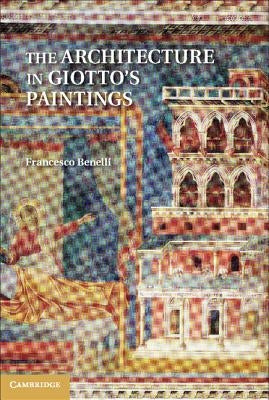1
/
of
1
Cambridge University Press
The Architecture in Giotto's Paintings
The Architecture in Giotto's Paintings
Regular price
€155,95 EUR
Regular price
Sale price
€155,95 EUR
Shipping calculated at checkout.
Quantity
Couldn't load pickup availability
This book offers an analysis of Giotto's painted architecture, focusing on issues of structural logic, clarity of composition, and its role within the narrative of the painting. Giotto was the first artist since antiquity to feature highly-detailed architecture in a primary role in his paintings. Francesco Benelli demonstrates how architecture was used to create pictorial space, one of Giotto's key inventions. He argues that Giotto's innovation was driven by a new attention to classical sources, including low reliefs, mosaics, mural paintings, coins, and Roman ruins. The book shows how Giotto's images of fictive buildings, as well as portraits of well-known monuments, both ancient and contemporary, play an important role in the overall narrative, iconography, and meaning of his works. The conventions established by Giotto remained at the heart of early modern Italian painting until the sixteenth century.
Author: Francesco Benelli
Publisher: Cambridge University Press
Published: 12/12/2011
Pages: 300
Binding Type: Hardcover
Weight: 1.75lbs
Size: 10.00h x 7.20w x 0.90d
ISBN: 9781107016323
Review Citation(s):
Choice 10/01/2012
Author: Francesco Benelli
Publisher: Cambridge University Press
Published: 12/12/2011
Pages: 300
Binding Type: Hardcover
Weight: 1.75lbs
Size: 10.00h x 7.20w x 0.90d
ISBN: 9781107016323
Review Citation(s):
Choice 10/01/2012
About the Author
Benelli, Francesco: - Francesco Benelli is Associate Professor of Renaissance Architecture in the Department of Art History and Archaeology at Columbia University. He was the recipient of the Mellon Postdoctoral Fellowship at Columbia University and a Fellow at the Kunsthistorisches Institut in Florence. He has published widely on several aspects of Renaissance architecture, as well as on issues of building material and technique and the history of design and construction.
Share


